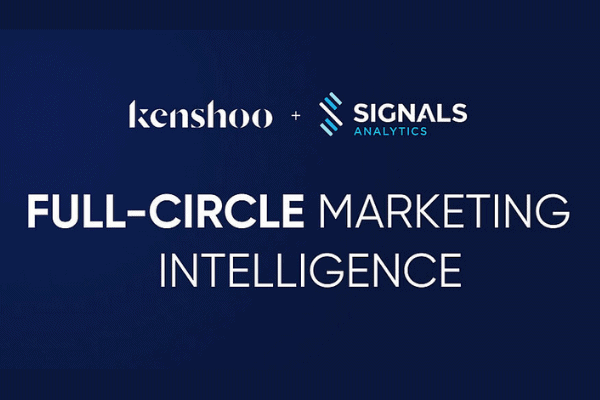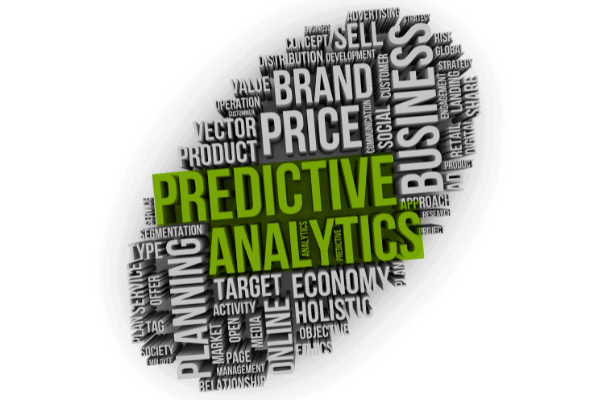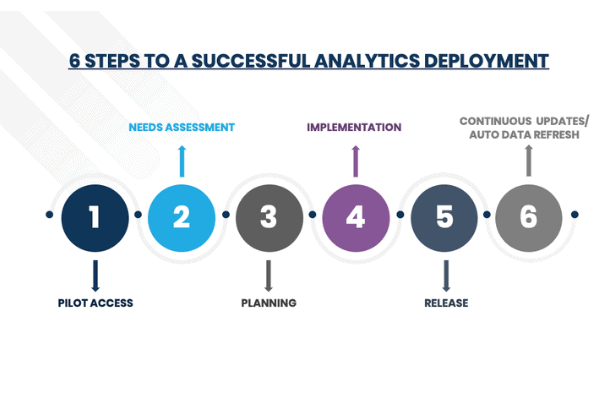It is well-established that one of the main attributes of successful companies are their ability to leverage data to make strategic and tactical decisions. Yet, only 31% of organizations in a recent survey consider themselves to be data-driven and 52% admit that they are not competing on analytics.
The consequences are also well-established: lowered profits, less affinity with consumers, weak competitive position and constantly being in catch up mode instead of getting ahead.
So why the sobering results? Among the main reasons companies slip in this area are speed of data analysis, need for data integration, skill gaps, multiple data formats to manage, lack of automation, existence of data siloes and lack of existing infrastructure inside the organization.
Deploying Analytics Typically Involve a Trade-Off
Because it is so complicated, analytics deployments have typically been a choice between building a custom analytic solution specifically tailored to the needs of a business or purchasing a platform that has limited capability – either to address a particular use case or ingest a single source of data.
External data sources are typically not even figured in. But today’s developments with advanced analytics has changed the equation. Innovations in AI and NLP coupled with smart computing and cloud technologies means that companies like Skai can serve the market in ways that were previously unimaginable. The power of advanced analytics is within the reach of organizations that are committed to being data-driven but had faced significant hurdles in making it happen.
Building a system requires a full range of IT development staff, including the ability to build user-friendly interfaces and dashboards, never mind the exponential costs to build and maintain such a system over time. Another factor is time and the urgency for the organization to have access to harmonized data set to impact business decisions.
In a situation like we face today, where a compelling event can mean seismic shifts to a business, waiting to stand up an analytics system is simply not feasible. Having a finger on the pulse on the connection between company performance and market dynamics or connecting a unified voice of the customer data set with product development and optimization, takes the guesswork out of the equation for a company seeking to figure out how best to emerge from this crisis intact and positioned for growth.
Other considerations involve synergies between different departments and being able to connect various internal and third party or external data sets and maintaining those connections, along with the ability to support different use cases over time. As the business needs change, so do the questions an analytics system needs to address.
The manpower to manage all this is not trivial, and the developers and data scientists involve would need to have a wide range or expertise which likely would have little to do with the businesses’ core competence.
Benefits of a Configurable Data Platform
The statistics cited above reflect the disappointment in being able to stand up analytics.
Buying an off the shelf platform often means more of a search tool than analytics; companies may not know exactly what questions they want the analytics to address, so end up settling for what a standalone solution can offer (only social listening, for example). But a configurable data platform will provide flexibility around data sources, taxonomies, front-end tools, category coverage, integrations and more, coupled with a layer of professional services and training that ensures successful deployments. It will be able to support a wide range of data sources and provide built-in taxonomies and tools for maximum usability and make it possible to achieve data goals.
Build or Buy: considerations
The following are areas you may want to explore when thinking about build or buy with your analytics solution.
- How to create new strategies for your company with analytics
- How to establish deep analytical capabilities to drive sustainable competitive differentiation
- The role of external data in surfacing trends and predictive insights
- When to consider buying an analytics platform as opposed to building one from scratch
————————————–
*This blog post originally appeared on Signals-Analytics.com. Kenshoo acquired Signals-Analytics in December 2020. Read the press release.





